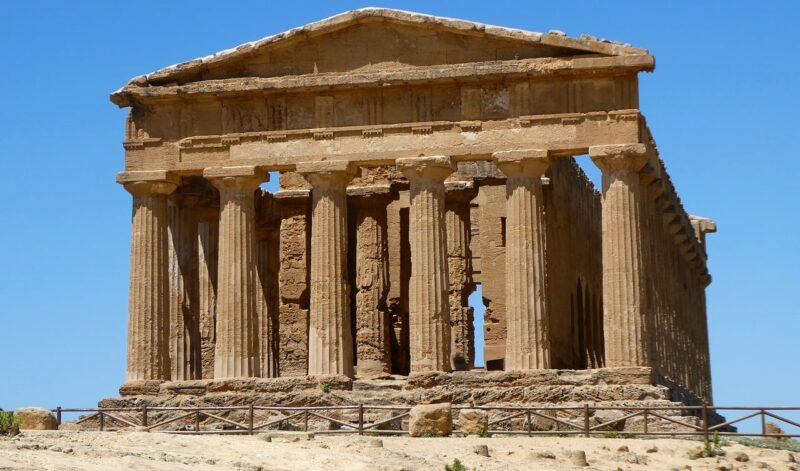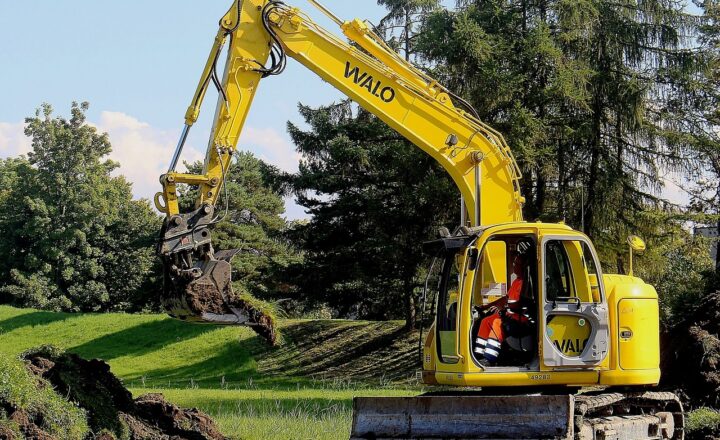
Throughout history, lost cities have captured the imaginations of explorers, archaeologists, and historians alike. These forgotten urban centers, once vibrant and teeming with life, now lay hidden beneath layers of earth or swallowed by the encroaching wilderness. They tell stories of civilizations that flourished, faced catastrophe, and eventually vanished, leaving behind tantalizing clues to their existence. This article delves into some of the most significant lost cities and explores how they reveal the mysteries of the civilizations that built them.
1. The Allure of Lost Cities
The concept of lost cities is woven into the fabric of cultural narratives. From Atlantis to El Dorado, these mythical locations entice adventurers and researchers alike to uncover their secrets. But beyond mere fantasy, real lost cities have played pivotal roles in understanding human history. They serve as poignant reminders of the complexities of civilization—how societies can rise to great heights and succumb to decline and oblivion.
The intrigue surrounding lost cities often stems from the desire to learn from the past. Why did these once-thriving societies disappear? What lessons can we glean about sustainability, governance, and resilience from their stories? By studying these sites, archaeologists can unlock the mysteries of their rise and fall while offering insights into our own civilization’s future.
2. Notable Lost Cities and Their Mysteries
Several ancient cities exemplify the allure and complexity of lost civilizations. Here are a few of the most notable examples:
2.1. Machu Picchu: The Lost City of the Incas
Nestled high in the Andes Mountains of Peru, Machu Picchu is perhaps the most famous lost city. Discovered by Hiram Bingham in 1911, it offers a glimpse into the Inca civilization’s architectural prowess and breathtaking engineering capabilities. However, many questions remain:
– **Why was it built so high in the mountains?**
– **What caused its abandonment in the 16th century?**
Studies suggest that social upheaval, resource depletion, and the arrival of the Spanish conquistadors played a role in the city’s decline. Today, excavation efforts continue to provide insights into its purpose, along with the intricate connections to other Incan sites.
2.2. Petra: The Rose City of the Nabataeans
The ancient city of Petra in Jordan, known for its stunning rock-cut architecture, was a thriving trade hub in the Nabataean Kingdom. Once a bustling center for commerce, it’s famed for structures like the Treasury and the Monastery. However, the mysteries of Petra extend beyond its architectural beauty:
– **What led to its decline as trade routes shifted?**
– **How did the Nabataeans manage water supply in such an arid region?**
Archaeological excavations reveal advanced water management systems, but further research is necessary to understand the broader socio-economic factors contributing to its decline.
2.3. Pompeii: The City Preserved by Volcanic Ash
The tragedy of Pompeii, buried under volcanic ash from the eruption of Mount Vesuvius in 79 AD, offers a unique time capsule of a Roman city. Digging through the layers of ash, archaeologists have uncovered vivid details about daily life:
– **What did the citizens of Pompeii value, and how did they live?**
– **What insights does their sudden demise provide regarding disaster preparedness?**
The preservation of Pompeii allows historians to study everything from ancient graffiti to food remnants, painting a holistic picture of life in the Roman Empire.
3. Lessons from Lost Cities
The study of lost cities has revealed critical lessons about societal resilience and vulnerability. As civilizations rise, they can become complacent, ignoring environmental changes and internal strife. Here are pivotal lessons that modern society can take from their stories:
- Sustainability Matters: Many lost cities faced resource depletion due to over-exploitation of their environments, underscoring the importance of sustainable practices in urban planning and agriculture today.
- Adaptability is Key: Societies that adapted to changing environments and conditions tended to thrive longer. Modern technology allows for more adaptive strategies, but the lessons from the past remain relevant as we face climate change and other global challenges.
- Community Resilience: A strong sense of community can bolster societies against external threats. Lost civilizations that maintained social cohesion often navigated crises better than those that fractured or divided.
4. The Role of Technology in Uncovering Mysteries
Advancements in technology have revolutionized archaeology, allowing researchers to explore lost cities in ways previously unimaginable. Techniques such as ground-penetrating radar, aerial photography, and satellite imagery are illuminating hidden structures and helping to create comprehensive maps of ancient urban environments.
For instance, LiDAR (Light Detection and Ranging) technology enables scientists to see through dense jungle canopies, revealing forgotten cities in the depths of the rainforest. These technologies are not only expanding our understanding of lost cities but also reshaping historical narratives to include lesser-known civilizations formerly obscured by time.
5. Conclusion: The Echoes of Lost Civilizations
Lost cities stand as powerful testaments to the complexity of human history. They serve as reminders that civilizations, no matter how grand, are subject to decline. The mysteries embedded within these ruins continue to fascinate us, offering important insights into past successes and failures.
By learning from these ancient societies, we can better equip ourselves to face the challenges of the future. The lessons from lost cities remind us of our interconnectedness with our environment and the importance of creating a sustainable and adaptable civilization that can withstand the test of time.
As we continue to explore these fascinating sites and uncover their secrets, let us hope that the remnants of lost cities inspire us to cultivate a future that honors the lessons of our past.






